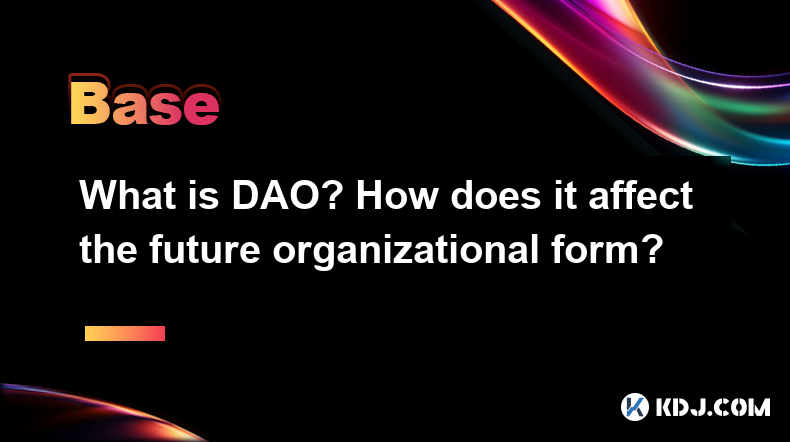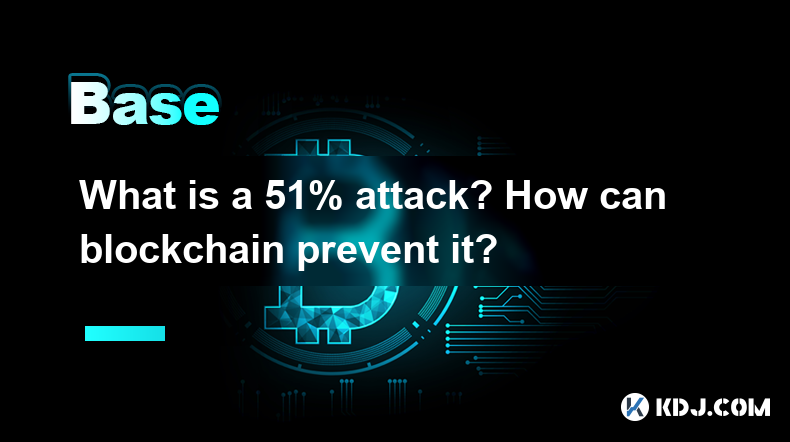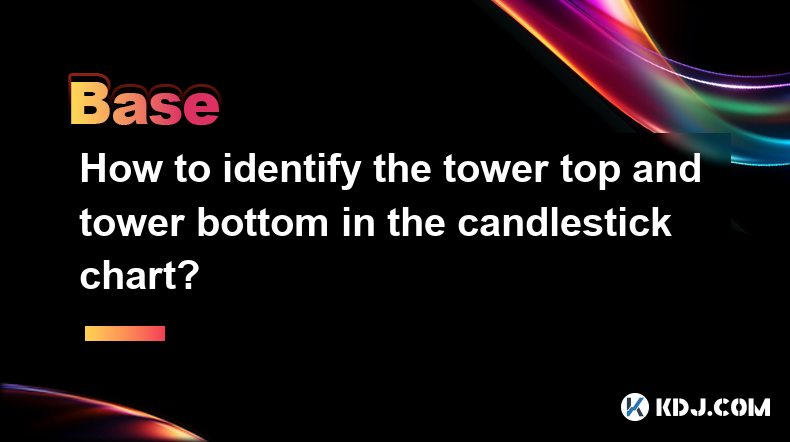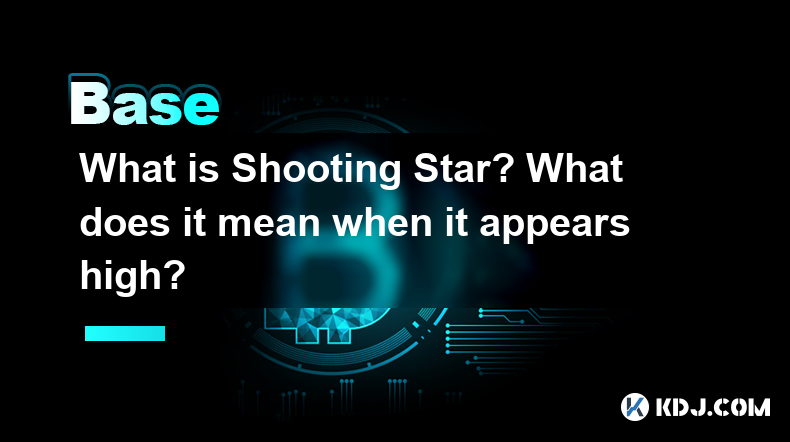-
 Bitcoin
Bitcoin $81,899.5591
-5.17% -
 Ethereum
Ethereum $1,783.8667
-6.15% -
 Tether USDt
Tether USDt $0.9995
-0.03% -
 XRP
XRP $2.0489
-4.45% -
 BNB
BNB $587.4139
-2.79% -
 USDC
USDC $1.0001
0.02% -
 Solana
Solana $115.1373
-11.64% -
 Dogecoin
Dogecoin $0.1587
-8.43% -
 Cardano
Cardano $0.6385
-6.91% -
 TRON
TRON $0.2360
-1.08% -
 Toncoin
Toncoin $3.5760
-10.43% -
 UNUS SED LEO
UNUS SED LEO $9.3901
-0.32% -
 Chainlink
Chainlink $12.6219
-9.38% -
 Stellar
Stellar $0.2577
-4.87% -
 Avalanche
Avalanche $18.0492
-6.87% -
 Sui
Sui $2.2219
-9.39% -
 Shiba Inu
Shiba Inu $0.0...01218
-3.70% -
 Hedera
Hedera $0.1604
-7.08% -
 Polkadot
Polkadot $4.0288
-2.51% -
 Litecoin
Litecoin $82.2067
-5.10% -
 MANTRA
MANTRA $6.4186
1.43% -
 Bitcoin Cash
Bitcoin Cash $294.8176
-4.96% -
 Dai
Dai $0.9999
0.02% -
 Bitget Token
Bitget Token $4.4550
-3.01% -
 Ethena USDe
Ethena USDe $0.9995
-0.03% -
 Pi
Pi $0.5875
-13.39% -
 Monero
Monero $209.7409
-4.91% -
 Hyperliquid
Hyperliquid $11.2789
-16.95% -
 Uniswap
Uniswap $5.7386
-7.48% -
 Aptos
Aptos $5.0040
-7.56%
What is DAO? How does it affect the future organizational form?
DAOs, governed by smart contracts on blockchains, offer transparent, democratic governance but face scalability and security challenges.
Apr 02, 2025 at 12:49 am

Deconstructing Decentralized Autonomous Organizations (DAOs)
A Decentralized Autonomous Organization (DAO) is a community-led entity without a central authority. It operates on a transparent and immutable blockchain, governed by pre-programmed rules encoded in smart contracts. These smart contracts automate decision-making processes, eliminating the need for traditional hierarchical structures. Members participate through tokens, granting voting rights proportional to their holdings. This allows for a truly democratic and distributed governance model.
How DAOs Function: A Deeper Dive
DAOs leverage blockchain technology for transparency and security. All transactions and governance proposals are recorded on a public ledger, ensuring accountability and preventing manipulation. The smart contracts act as the DAO's constitution, defining its purpose, rules, and operational procedures. Members propose and vote on changes, and the outcome is automatically executed by the smart contract, creating a self-executing organization. This automated process significantly reduces the need for intermediaries and human intervention.
The Role of Smart Contracts in DAO Governance
Smart contracts are the backbone of any DAO. They are self-executing contracts with the terms of the agreement between buyer and seller being directly written into lines of code. This code is stored on a blockchain and automatically executes when predetermined conditions are met. In a DAO context, these contracts define the rules of governance, such as voting mechanisms, treasury management, and fund allocation. They ensure that all actions within the DAO adhere to its established rules and prevent unauthorized activities.
DAO Participation and Tokenomics
Participation in a DAO usually involves acquiring its native token. The amount of tokens held determines a member's voting power. This token-based governance system promotes decentralization, as no single entity controls the organization. The token's value is often tied to the DAO's success, incentivizing members to contribute actively to its growth and development. Tokenomics, the economic principles governing the token, is a crucial aspect of a DAO's design.
Advantages of DAOs: Efficiency and Transparency
DAOs offer several advantages over traditional organizations. The transparent nature of the blockchain eliminates the potential for corruption and hidden agendas. Decisions are made collectively through a democratic voting process, ensuring fairness and inclusivity. Automation through smart contracts improves efficiency, reducing administrative overhead and speeding up decision-making. This streamlined process allows DAOs to adapt quickly to changing circumstances.
Challenges Facing DAOs: Scalability and Security
Despite their potential, DAOs face challenges. Scalability can be an issue, as processing large numbers of transactions on the blockchain can be slow and expensive. Security is another concern, as vulnerabilities in smart contracts can be exploited by malicious actors. Legal and regulatory uncertainty also poses a significant challenge, as the legal status of DAOs is still evolving in many jurisdictions. These hurdles need to be addressed for wider adoption.
The Impact of DAOs on Future Organizational Forms
DAOs are poised to revolutionize organizational structures. Their decentralized and transparent nature offers a more equitable and efficient alternative to traditional hierarchical models. They could empower individuals and communities, fostering innovation and collaboration on a global scale. However, successful implementation requires addressing the challenges of scalability, security, and regulatory uncertainty.
DAOs and the Future of Work
The impact of DAOs extends to the future of work. They offer a new model for collaboration and project management, enabling individuals to work together on shared goals regardless of geographic location. The democratic nature of DAOs could lead to more equitable distribution of profits and decision-making power within organizations. This shift could lead to a more inclusive and participatory work environment.
DAO Governance Mechanisms: A Closer Look
Various governance mechanisms are used in DAOs. These include:
- Simple Majority Voting: Decisions are made based on a simple majority of votes.
- Weighted Voting: Voting power is proportional to the number of tokens held.
- Quadratic Voting: Allows individuals with stronger opinions to have a proportionally greater impact on voting outcomes.
- Liquid Democracy: Members can delegate their voting rights to other trusted members.
The choice of governance mechanism significantly impacts the DAO's decision-making process and overall effectiveness.
DAOs and the Rise of Web3
DAOs are intrinsically linked to the growth of Web3, the decentralized internet. They represent a shift from centralized platforms to community-owned and governed entities. This decentralization fosters innovation and reduces reliance on intermediaries, creating a more user-centric and transparent online experience. The integration of DAOs with other Web3 technologies, such as NFTs and DeFi protocols, is further expanding their potential applications.
Real-World Applications of DAOs
DAOs are already being used in various sectors. Examples include:
- Decentralized Finance (DeFi): DAOs manage decentralized lending and borrowing platforms.
- Decentralized Autonomous Corporations (DACs): DAOs operate as traditional businesses but with decentralized governance.
- Decentralized Social Media: DAOs power community-governed social media platforms.
- Decentralized Science: DAOs fund and manage collaborative research projects.
These applications demonstrate the versatility and potential of DAOs across diverse fields.
The Evolution of DAOs: Ongoing Developments
The DAO landscape is constantly evolving. New governance models, technological advancements, and legal frameworks are continuously being developed. This ongoing evolution is crucial for addressing the challenges and unlocking the full potential of DAOs. The future of DAOs will likely see greater integration with other Web3 technologies and broader adoption across various industries.
Frequently Asked Questions
Q: What are the risks associated with DAOs?
A: Risks include smart contract vulnerabilities, governance challenges, regulatory uncertainty, and the potential for malicious actors to exploit weaknesses in the system. Thorough audits and robust security measures are crucial to mitigate these risks.
Q: How can I participate in a DAO?
A: Participation typically involves acquiring the DAO's native token, which grants voting rights. The specific process varies depending on the DAO. Research specific DAOs to understand their participation requirements.
Q: Are DAOs legally recognized?
A: The legal status of DAOs is still evolving. The legal framework varies significantly across jurisdictions. Legal counsel should be sought to understand the legal implications of participating in or forming a DAO.
Q: What is the difference between a DAO and a traditional company?
A: DAOs are decentralized and operate on a blockchain, governed by smart contracts, whereas traditional companies have centralized management and hierarchical structures. DAOs prioritize transparency and community governance, while traditional companies often prioritize efficiency and profit maximization.
Q: What is the future of DAOs?
A: The future of DAOs is uncertain, but their potential is vast. Successful implementation depends on addressing challenges related to scalability, security, and regulation. The continued development of Web3 technologies and the increasing awareness of DAOs will likely lead to wider adoption and innovation within the space.
Disclaimer:info@kdj.com
The information provided is not trading advice. kdj.com does not assume any responsibility for any investments made based on the information provided in this article. Cryptocurrencies are highly volatile and it is highly recommended that you invest with caution after thorough research!
If you believe that the content used on this website infringes your copyright, please contact us immediately (info@kdj.com) and we will delete it promptly.
- Builder: Stu
- 2025-04-04 03:25:12
- PayPal Adds Solana (SOL) and Chainlink (LINK) to Its Supported Cryptocurrencies
- 2025-04-04 03:25:12
- Recent Price Action Shows Signs of Recovery
- 2025-04-04 03:20:12
- Standard Chartered (AVAX)
- 2025-04-04 03:20:12
- WisdomTree Expands Its Institutional Tokenization Platform to 13 Funds
- 2025-04-04 03:15:12
- PEPE hopped its way to a $3.8M market cap, but its reign as a meme coin darling is fading. Enter InfluencerPepe (INPEPE)
- 2025-04-04 03:15:12
Related knowledge

Why is the oracle called the bridge between blockchain and the real world?
Apr 04,2025 at 04:00am
The concept of an oracle in the cryptocurrency and blockchain world is crucial for understanding how these decentralized systems interact with external data. The oracle is often referred to as the bridge between blockchain and the real world because it serves as a vital intermediary that fetches, verifies, and transmits off-chain data to the on-chain en...

What is a 51% attack? How can blockchain prevent it?
Apr 04,2025 at 02:08am
A 51% attack is a significant threat to the security and integrity of a blockchain network. In this type of attack, a single entity or group gains control of more than half of the network's mining power or hash rate. This control allows the attacker to manipulate the blockchain by double-spending coins, preventing the confirmation of new transactions, o...

Why can the inverted hammer shape appear at the bottom be used as a reversal signal?
Apr 03,2025 at 04:07pm
Inverted Hammer is a common K-line pattern in technical analysis, and is often regarded as a potential reversal signal when it appears at the bottom. This article will explore in detail why an inverted hammer line may be a reversal signal when it appears at the bottom, and provide specific identification and application methods. Basic characteristics of...

How to identify the tower top and tower bottom in the candlestick chart?
Apr 03,2025 at 04:03pm
In K-line chart analysis, 'Tower Top' and 'Tower Bottom' are two important reversal patterns and are usually used to predict changes in price trends. Identifying these patterns requires careful observation of the price trend and the pattern characteristics of the K-line. Below we will introduce in detail how to identify the 'tower to...

What is Shooting Star? What does it mean when it appears high?
Apr 03,2025 at 03:56pm
In cryptocurrency trading, technical analysis is an important tool to help traders predict future trends of the market. Among them, Shooting Star is a common bearish reversal pattern. This article will give you more details on what 'Shooting Star' is and what it means when it appears at a high level. The definition of 'Shooting Star'Shoo...

What is the difference between dark cloud cover and piercing shape?
Apr 03,2025 at 03:50pm
In the world of cryptocurrency trading, technical analysis is one of the important tools traders use to predict market trends and make trading decisions. Among them, 'Dark Cloud Cover' and 'Piercing Pattern' are two common reversal patterns, which have specific appearance and meaning on the K-line chart. Although they seem similar, there...

Why is the oracle called the bridge between blockchain and the real world?
Apr 04,2025 at 04:00am
The concept of an oracle in the cryptocurrency and blockchain world is crucial for understanding how these decentralized systems interact with external data. The oracle is often referred to as the bridge between blockchain and the real world because it serves as a vital intermediary that fetches, verifies, and transmits off-chain data to the on-chain en...

What is a 51% attack? How can blockchain prevent it?
Apr 04,2025 at 02:08am
A 51% attack is a significant threat to the security and integrity of a blockchain network. In this type of attack, a single entity or group gains control of more than half of the network's mining power or hash rate. This control allows the attacker to manipulate the blockchain by double-spending coins, preventing the confirmation of new transactions, o...

Why can the inverted hammer shape appear at the bottom be used as a reversal signal?
Apr 03,2025 at 04:07pm
Inverted Hammer is a common K-line pattern in technical analysis, and is often regarded as a potential reversal signal when it appears at the bottom. This article will explore in detail why an inverted hammer line may be a reversal signal when it appears at the bottom, and provide specific identification and application methods. Basic characteristics of...

How to identify the tower top and tower bottom in the candlestick chart?
Apr 03,2025 at 04:03pm
In K-line chart analysis, 'Tower Top' and 'Tower Bottom' are two important reversal patterns and are usually used to predict changes in price trends. Identifying these patterns requires careful observation of the price trend and the pattern characteristics of the K-line. Below we will introduce in detail how to identify the 'tower to...

What is Shooting Star? What does it mean when it appears high?
Apr 03,2025 at 03:56pm
In cryptocurrency trading, technical analysis is an important tool to help traders predict future trends of the market. Among them, Shooting Star is a common bearish reversal pattern. This article will give you more details on what 'Shooting Star' is and what it means when it appears at a high level. The definition of 'Shooting Star'Shoo...

What is the difference between dark cloud cover and piercing shape?
Apr 03,2025 at 03:50pm
In the world of cryptocurrency trading, technical analysis is one of the important tools traders use to predict market trends and make trading decisions. Among them, 'Dark Cloud Cover' and 'Piercing Pattern' are two common reversal patterns, which have specific appearance and meaning on the K-line chart. Although they seem similar, there...
See all articles






















































































